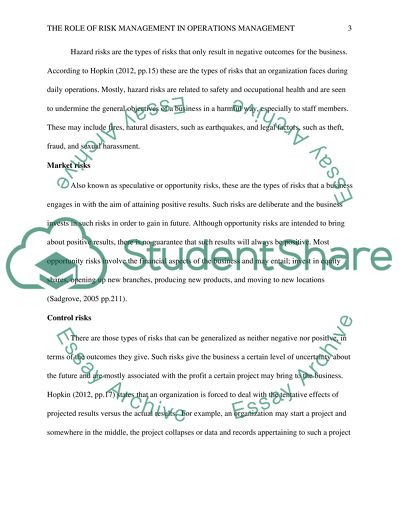Cite this document
(“Risk Management Research Paper Example | Topics and Well Written Essays - 1750 words”, n.d.)
Risk Management Research Paper Example | Topics and Well Written Essays - 1750 words. Retrieved from https://studentshare.org/other/1401369-risk-management
Risk Management Research Paper Example | Topics and Well Written Essays - 1750 words. Retrieved from https://studentshare.org/other/1401369-risk-management
(Risk Management Research Paper Example | Topics and Well Written Essays - 1750 Words)
Risk Management Research Paper Example | Topics and Well Written Essays - 1750 Words. https://studentshare.org/other/1401369-risk-management.
Risk Management Research Paper Example | Topics and Well Written Essays - 1750 Words. https://studentshare.org/other/1401369-risk-management.
“Risk Management Research Paper Example | Topics and Well Written Essays - 1750 Words”, n.d. https://studentshare.org/other/1401369-risk-management.


